The Incredible Saga of Salvaging “Swamp Ghost,” a Pearl Harbor Plane From a Treacherous Jungle
The Stories of the mysterious Swamp Ghost lying hidden in the dangerous grasslands of Papua New Guinea swirled worldwide for decades. It caught the attention of two men who couldn’t resist the allure of chasing that mystery to its very end.
As expected of adventurous spirits, the two strapped their gear and set out to ultimately find a Pearl Harbor plane that many believed to be lost to history. Let’s take a closer look at their incredible journey that unveiled the mysterious Ghost Swamp to the world and restored a priceless piece of history from World War II.
Men on a Mission
When Fred Hagen, the aircraft archaeologist, first caught wind of the Swamp Ghost, it piqued his interest to the point where he was compelled to make it his primary mission. This time, he was accompanied by friend and partner, David Tallichet who has been by his side on multiple expeditions.
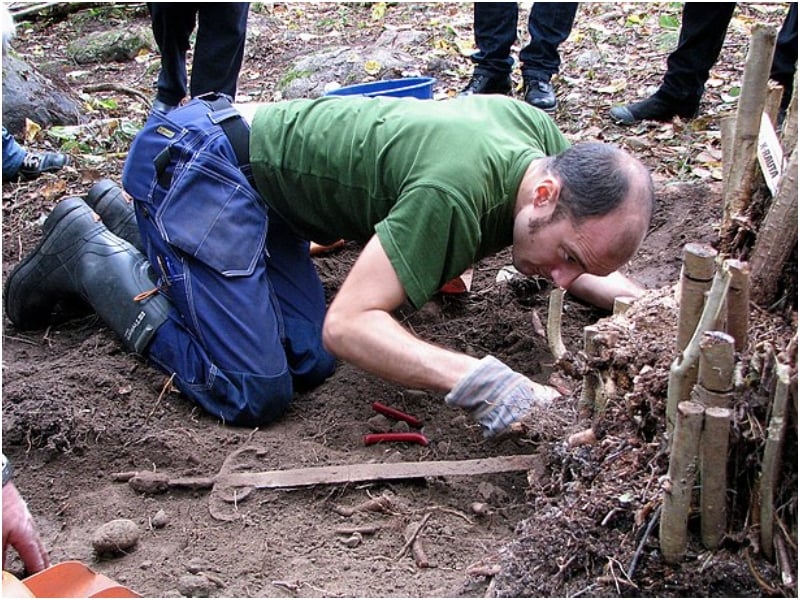
Source: Katarina Schoerner Carr / wikicommons
Both were no strangers to the grasslands and the planes, with them investing their time, energy, and resources over several decades in finding lost aircraft and the mortal remains of the stranded men. In this case, they faced far greater challenges than they had ever experienced.
Pushing Boundaries Together
Previously, Fred and David enjoyed navigating them to get to the hidden treasure no matter how complex or problematic an expedition was. They particularly cherished searching for the unknown, and this one proved to be right up their alley.
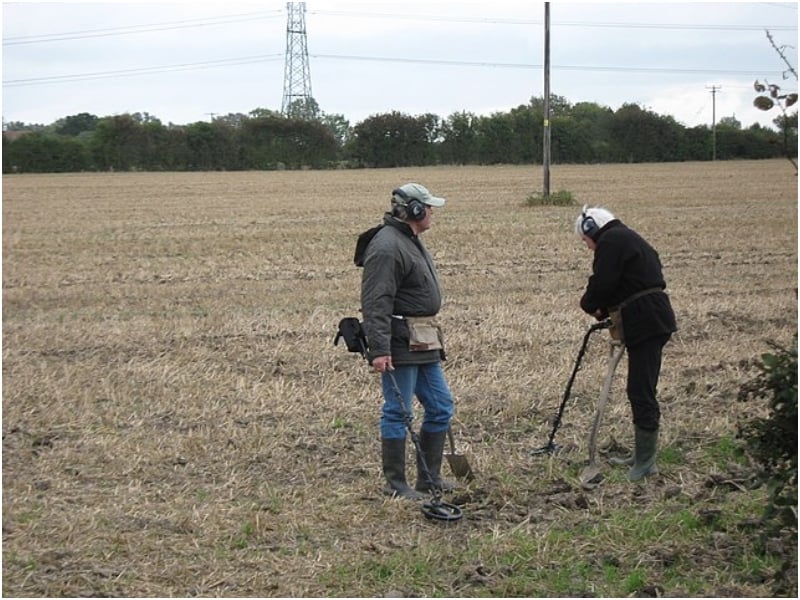
Source: David Anstiss / wikicommons
The locals had updated them about their Swamp Ghost and the mysteries surrounding it; with everything they learned, their excitement about the upcoming adventure kept them in high spirits, and miles and miles of swampland awaited their exploration. A specific stretch of unexplored marshes also waited at their destination.
Flying Over the Jungle
After putting together a team of hardened professionals who had the expertise of navigating harsh terrains, Fred and David flew over the vast expanse of the swampland. The aerial view of the place was breathtaking; the forest floor was covered with lush green foliage getting deeper and darker to the grounds where their roots lay.
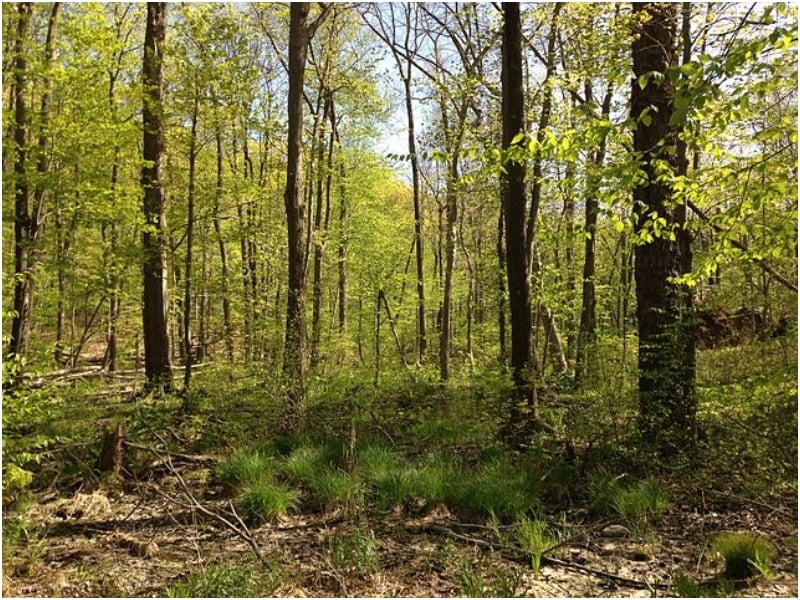
S
They were focused on scouring the thick jungle for any sign that would expose the treasure they were after. Flying for hours at a stretch with the Swamp Ghost nowhere in sight did not dim their enthusiasm.
Spotting a Glint of Metal
After hours of an endless search for the unknown, the master explorers spotted a glint of metal amid the greenery. Spotting the white speck changed the way they looked at the jungle.
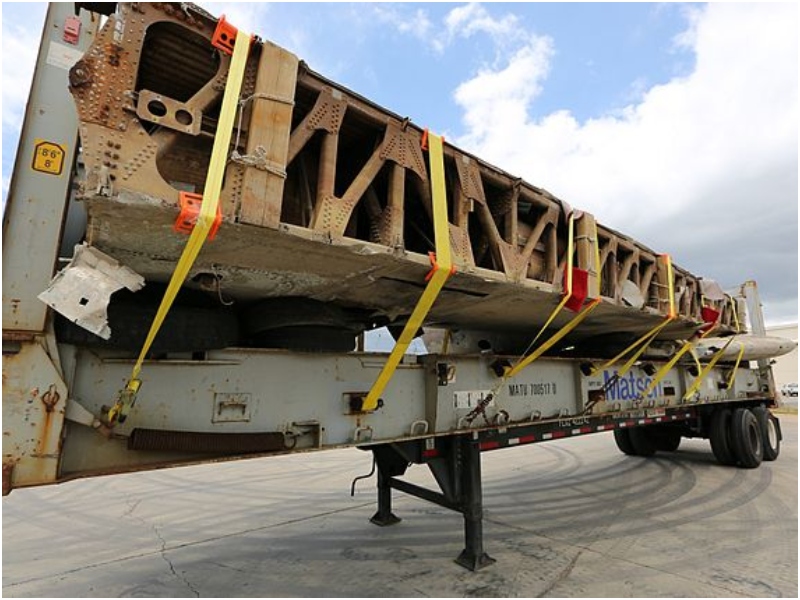
Even though David and Fred couldn’t initially make out the exact shape of the glint to confirm it was the one they were searching for, they felt it was precisely their destination. It was first spotted in 1972 by a Royal Australian Air Force helicopter, and the press had dubbed it the “Swamp Ghost,” and the name stuck.
Flying Closer to the Mystery
The object of their expedition lay abandoned for decades, and they were about to come face to face with the mysterious Swamp Ghost. They couldn’t wait to get to it and urged the helicopter pilot to fly lower than what was allowed on that terrain.
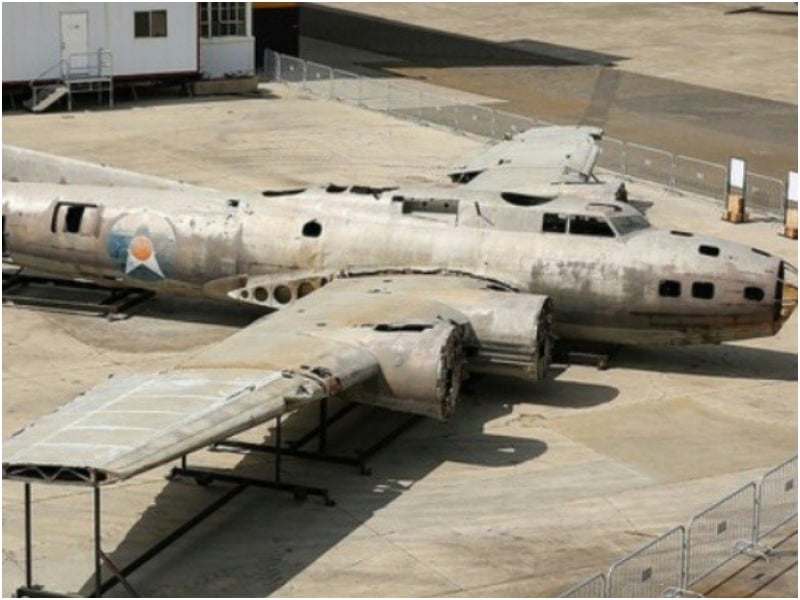
Source: Pacific Aviation Museum / wikicommons
Initially, the pilot refused, but their enthusiasm for the project convinced him to take the risk. As they edged closer, as closely as they could dare, the wreck, they had come to explore blinked back at them. It was half submerged in the waters, half covered by the vines of the jungle.
Warned About the Cursed Place
They got all the required equipment from the locals, who warned them about the swamps. With one look at how inaccessible the place was, they realized the gravity of those dire warnings. Even without getting too close, they knew it was the World War II plane they expected to see.
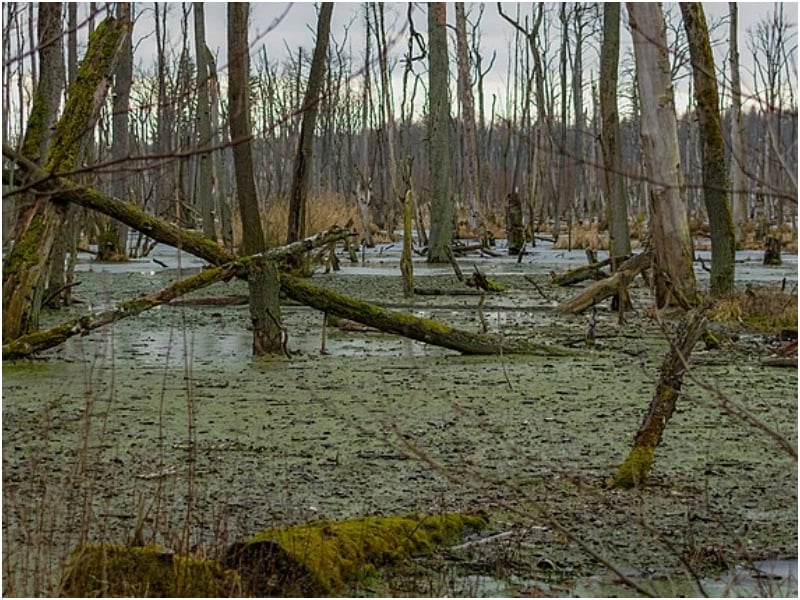
Many before them had ventured into the jungles towards the lost aircraft, but none returned from their expedition. While some had caught malaria, others even lost their sanity. The locals worshiped the swamps as their sacred land, and they stayed away from it for their safety.
The Legend of the Swamp Ghost
The villagers are well aware that the vast grasslands of Papua New Guinea were home to hundreds of crashed planes. Stories abound about the place being reminiscent of horrifying history, an unfortunate reminder of the ravages of war.
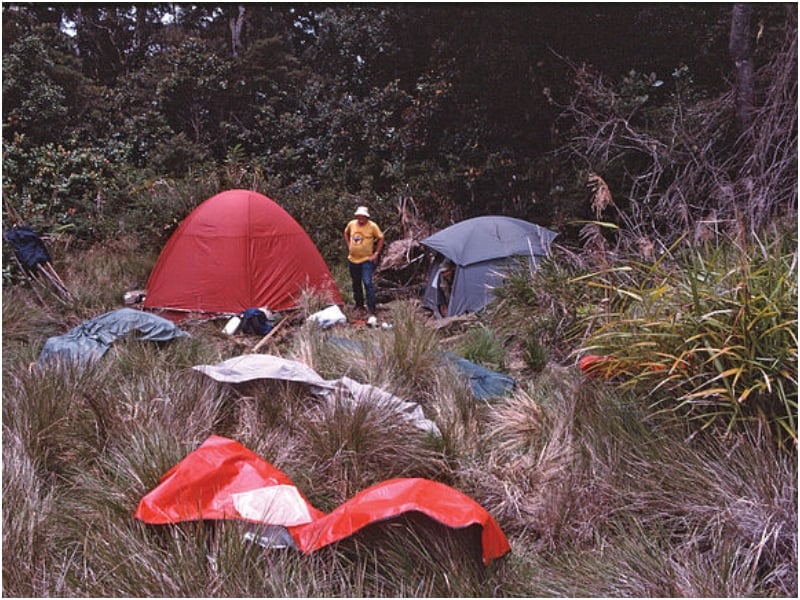
Source: Will K, Kavanaugh D / wikicommons
Covered in the debris of the bombed-out planes, the swamps posed many threats, some even of the weird kind. According to the locals, the most terrifying of them all was the Swamp Ghost; they often reported seeing ghostly specters rising out of the area.
Venturing Bravely Into the Unknown
None of the cautionary tales of the locals could sway Fred and David from their set path. Their mission was to reach the long-abandoned plane and retrieve what was left of it and nothing, and no one could persuade them to do otherwise.
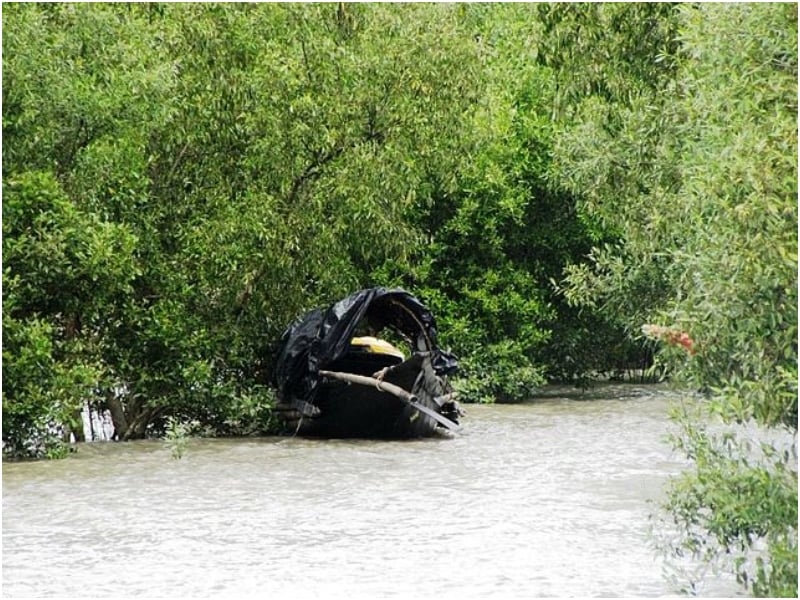
Source: Sujayadhar / wikicommons
Where the others saw dangers lurking in the shadows, these two saw a great adventure worth their time, effort, and energy. They wanted to keep an open mind and explore the area by themselves. Little did they know what unimaginable horrors lay ahead.
The Hidden Dangers of the Swamp
While the two have marched through the toughest of expeditions and found invaluable treasures and artifacts at the end of their missions, they have yet to experience this treacherous terrain in the swamps. Once they stepped into the marshy grasslands, their energies quickly depleted at how tricky the navigation proved.
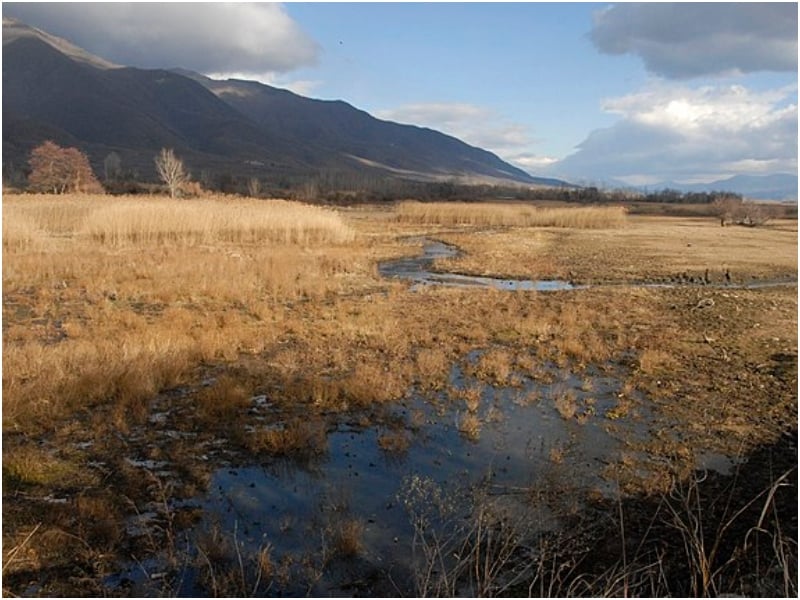
Source: Porouclas / wikicommons
Only the lure of the unexplored and the untouched spurred them to continue their trek through the dense and murky waters. They did not know that curses and ghosts would soon be the least of their worries.
Sighting the Mysterious Plane
At one point, Fred and the crew stopped to drink water and he caught a movement in the swamps from the corner of his eye and froze. A quick look around proved it could have been nothing but his imagination, but something about the stories he had heard made him reevaluate their situation.
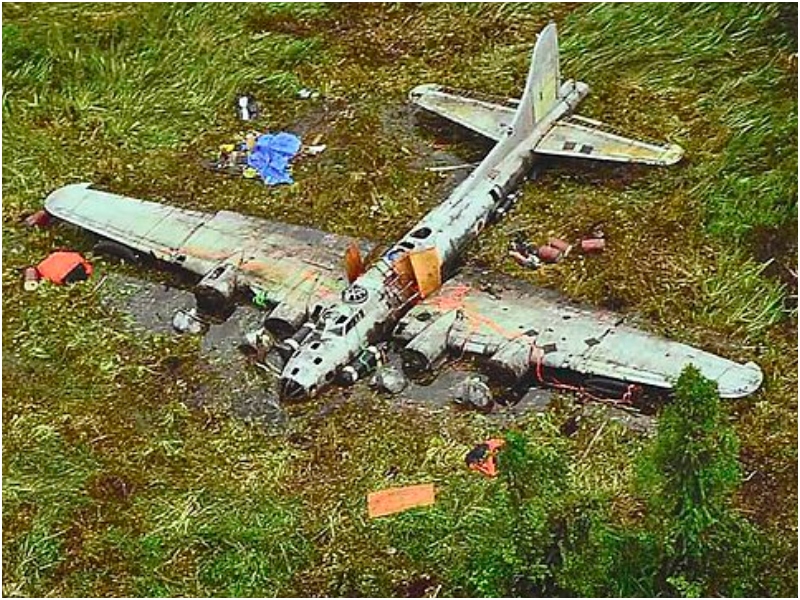
Source: Tomás Del Coro / wikicommons
He knew of the jungles being infested with anacondas and crocodiles, and at that moment, it terrified him enough to want to get to the dry land as quickly as possible. Heart racing, he called out to his team to be extra cautious.
Inching Closer to Their Target
Fred’s heart raced for an entirely different reason; he spotted the sun glinting off the plane’s surface that lay a few feet away from where he stood. That brilliant view was enough to get his adrenaline thumping all over again, this time at having the target within his reach.
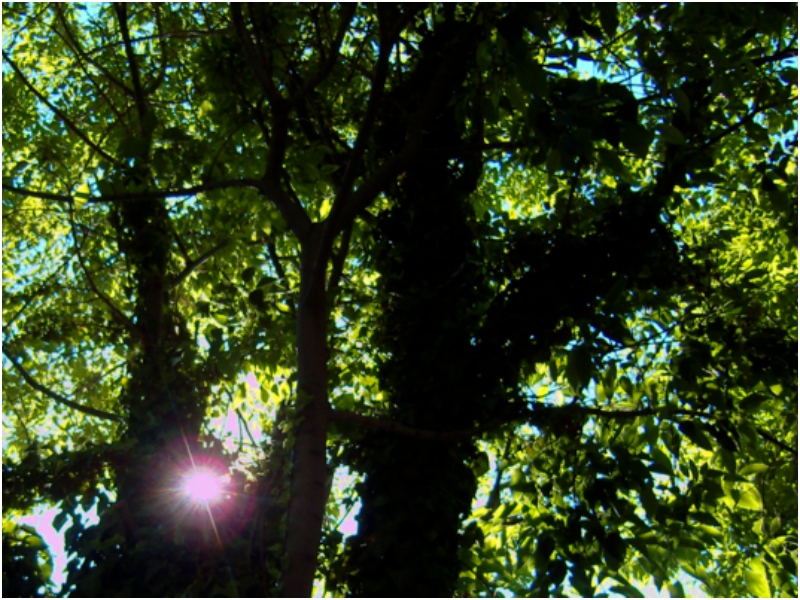
Source: Daniel Albrecht / wikicommons
Inching closer to the target proved to be much more challenging than expected. The harrowing trek through the swamp had made their clothes wet, and the sweltering heat instead had dried them, keeping everyone from getting cold.
Meeting the Swamp Ghost
After one of the most challenging treks any of them on the team had ever taken, they finally came face to face with the legendary Swamp Ghost. A quick glance told them that it lived up to its name. They finally understood the significance of what they’d achieved.
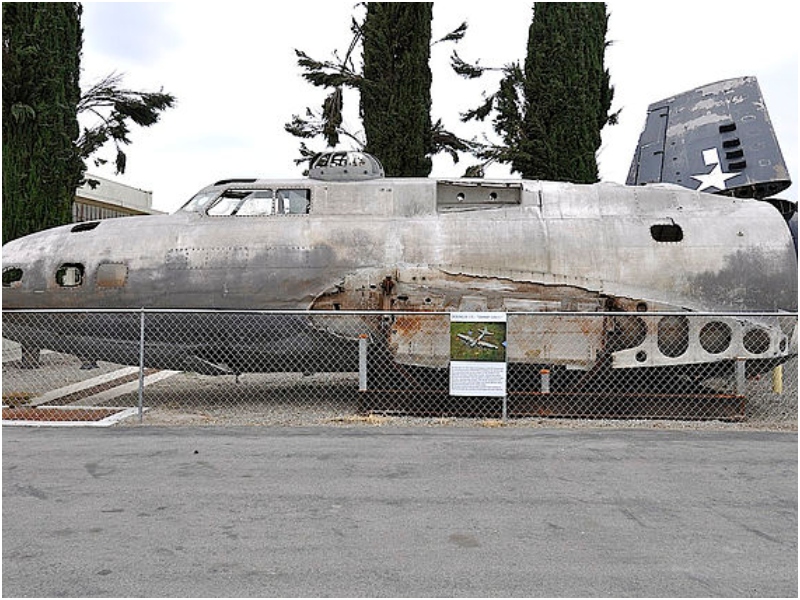
Source: Pacific Aviation Museum / wikicommons
The hours spent plodding through the unforgiving landscape of the swamps brought them to their prized treasure – a long-forgotten World War II plane that looked almost good enough for take-off. Utterly stunned at its sheer magnificence even after decades of abandonment, the team stood engulfed in silence for a long while.
The Hotbed of World War II
Even though the team had no idea about the story behind the plane’s disappearance during the war, they knew enough about Papua New Guinea. Caught in the middle of warring nations, the place turned out to be a hotbed of World War II.
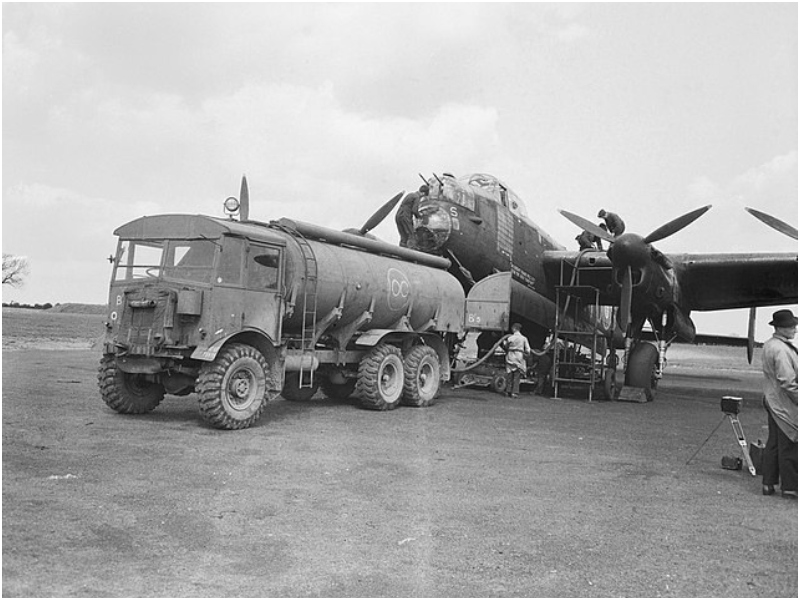
Source: Royal Air Force official photographer / wikicommons
It was a significant conflict zone with many planes crash landing into the dense swamps due to enemy bombing. From the plane’s structure, they could immediately figure out that it belonged to that horrifying period when the grasslands turned into a graveyard for soldiers and their flying machines.
Dark, Deep, and Hidden
Now that they had established that the plane belonged to World War II, the team craved to discover its mysterious origins. For decades, the place had drawn the attention of war enthusiasts worldwide to explore what lay buried in the dark, deep, and hidden corners of Papua New Guinea.
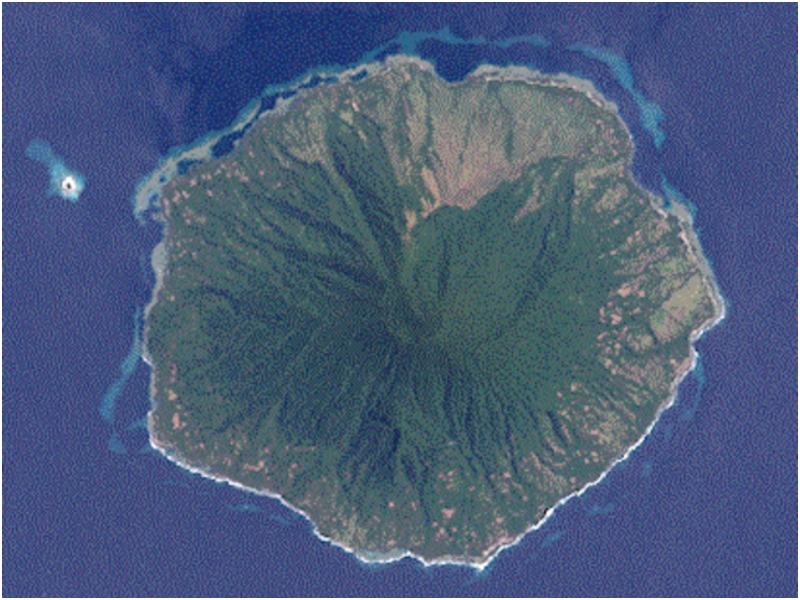
Source: NSA / wikicommons
After all, the grasslands proved to be a strategic location for countries such as Japan, America, and Australia to set up their military bases there. As a result, the place witnessed the most ravages of war firsthand.
Unexplored Due to the Inaccessible Location
The swamps were inaccessible for decades because of so many reasons. In that part of the murky marshlands, it was impossible for explorers to get there without endangering their lives. Also, the locals claimed it was haunted and they considered it their deity, which kept the swamp ghost out of reach and well hidden in the dense jungles for so long.
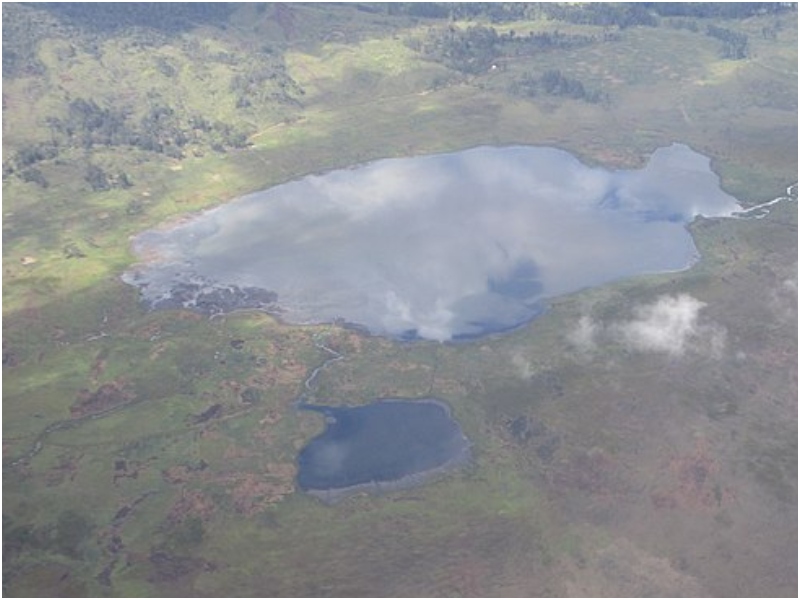
Any salvage efforts were met with deep resistance from the locals, and the terrain made it difficult for the plane to be lifted off the ground.
Their First Step Inside the Plane
Despite all the improbabilities that had kept anyone from reaching the plane, Fred and David’s team achieved the impossible. Yet, several questions were left to be answered – who flew the aircraft during the war? Most importantly, they wanted to discover what mysteries lay inside the plane.
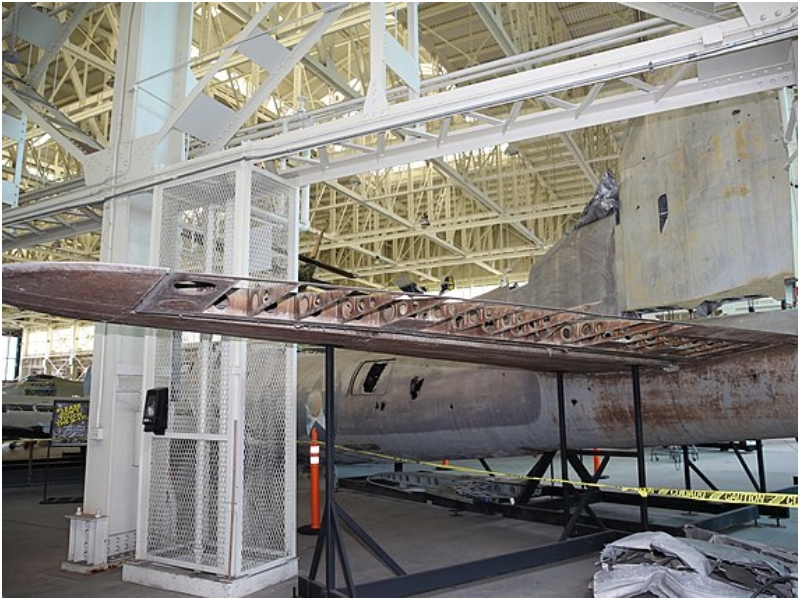
Source: Pearl Harbor Aviation Museum / wikicommons
Since the exteriors were almost intact, they also had high hopes of the interiors being largely untouched. Unfortunately, that was not the case. It looked thoroughly ransacked with most of the weaponry missing. Thankfully, an aircraft veteran onboard could identify with the parts still left behind.
A World War II Veteran
David Tallichet was a renowned restaurateur who started the themed-restaurant concept and became super successful in the food business. The more money he made, the more he spent following his passion for collecting aircraft.
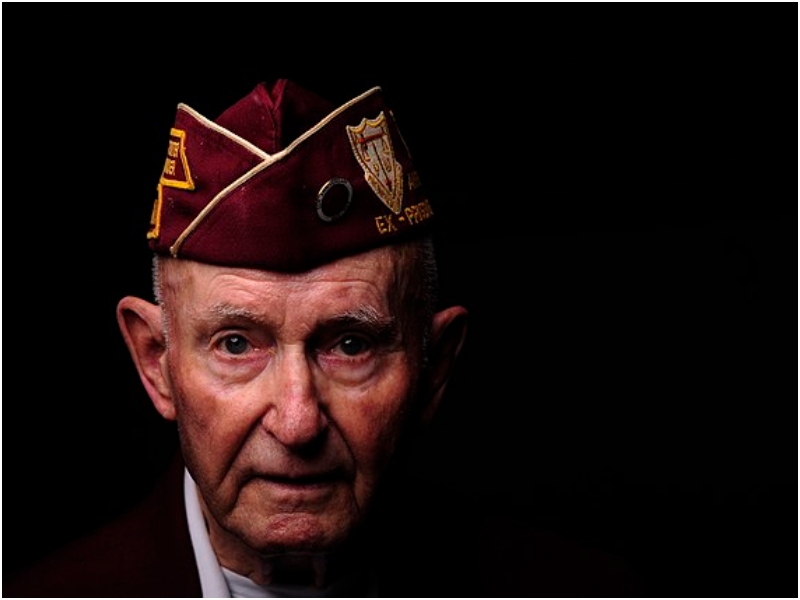
source: Public domain / wikicommons
Before he ventured into the hotel business, he was a World War II veteran co-pilot on a B-17 Boeing in the war. He had more than the requisite expertise on warplanes to recognize the Swamp Ghost and unveil a few of its mysteries with a good look around the insides of the aircraft.
The Formidable Flying Fortress
A quick inspection of all the machinery and the parts still untouched inside the plane told David what he wanted to know. From the first glance of the aircraft, he suspected it to be similar to the Flying Fortress he co-piloted during World War II.
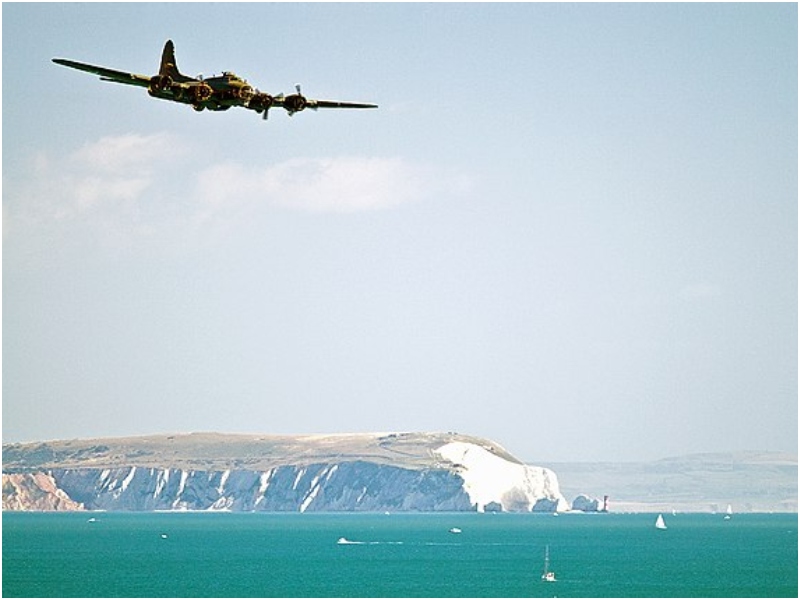
Source: Mike Searle / wikicommons
The B-17E got its name thanks to the journalist who saw it during its test runs in 1935 and exclaimed enthusiastically that the plane looked remarkably like a flying fortress. David was happy about recognizing the iconic plane, and with his partner, Fred started setting up a plan to salvage it.
The Dream of Restoring the Plane
One of their biggest dreams was the plane’s ultimate restoration. Alas, if only it were that easy! Their initial efforts in the ’80s to salvage the aircraft faced numerous delays and setbacks despite the money and energy they poured into the task.
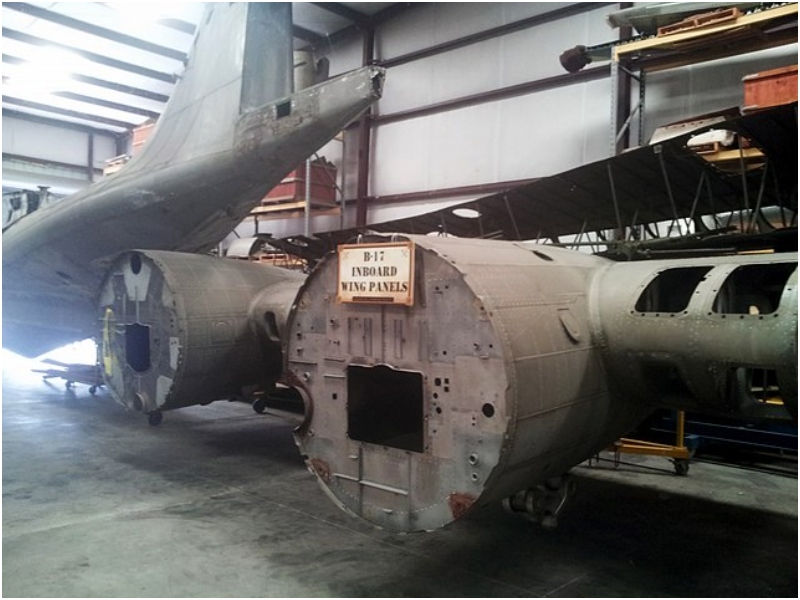
Source: Eric Friedebach / wikicommons
For reasons beyond explanation or logic, the story of the long-abandoned World War II plane caught the fancy of people around the globe. They wanted to see it salvaged from the jungles and restored to its former glory. The duo now had another equally challenging feat to accomplish.
The Japanese Attack on Pearl Harbor
Before we delve into the salvage mission of Fred and David, let’s take a quick detour into the backstory of the plane and how it crash-landed in the middle of nowhere, stuck for nearly seven decades in the cursed swamps.
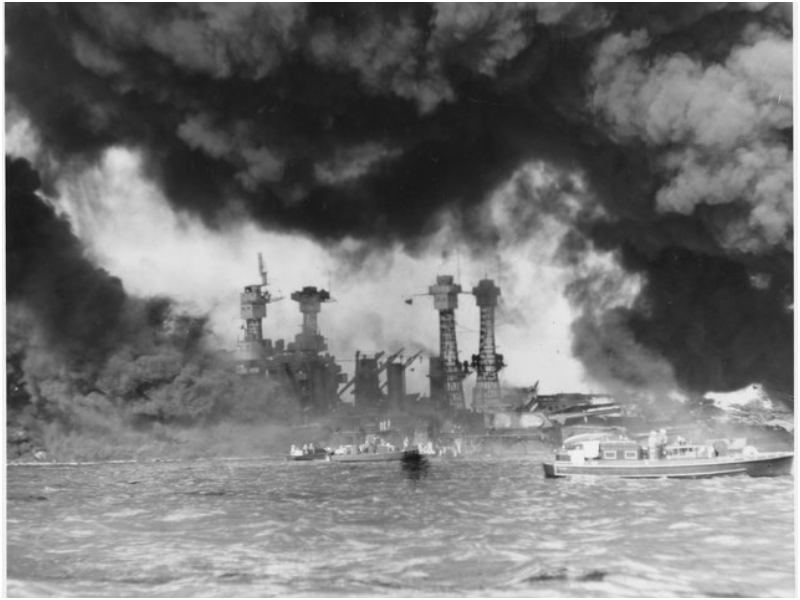
Source: Public domain / wikicommons
On December 7th, 1941, the day before the Japanese attacked Pearl Harbor, Capt. Frederick “Fred” Eaton, Jr. flew the Boeing B-17E Flying Fortress for a special mission. The aircraft was the first on the scene when the Japanese launched an attack on the island of New Britain.
The Machine on a Mission
A couple of months later in early 1942, the Swamp Ghost was once again dispatched in the thick of World War II on a new mission to bomb the Japanese ships that were waging war against the forces in Rabaul, New Britain.
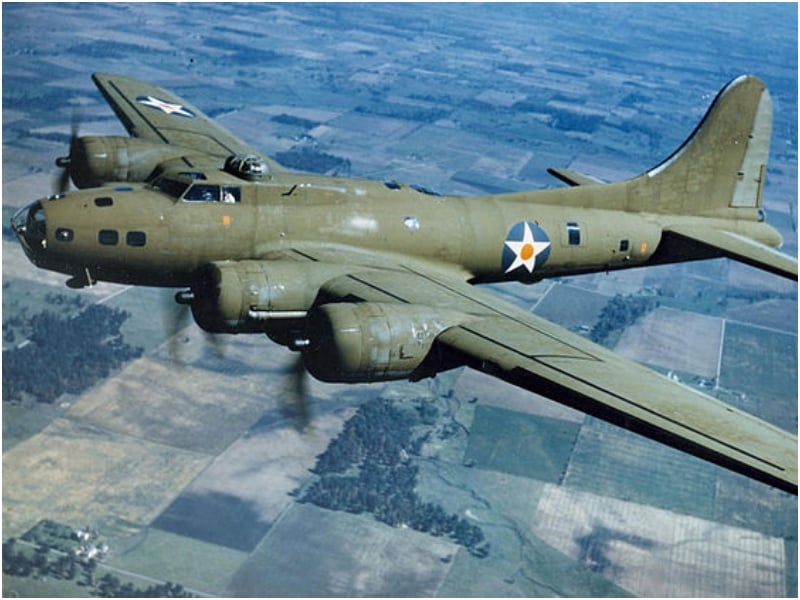
Surce: U.S. Air Force photo / wikicommons
The captain had just spotted his target, a 10,000-ton enemy freighter, and was prepared to unleash the bombs when things started going south; the bomb bay doors were jammed. He circled another round to aim for a second attempt while the crew worked relentlessly to unlock the door, but it wouldn’t budge.
Crash Landing Due to Technical Malfunction
By then, Japanese anti-aircraft batteries zeroed in on the altitude of the flying fortress and bombarded it with a torrent of shells that damaged the plane’s wings. Captain Fred and his team were battling in the skies for their lives. The aerial battle raged on until the aircraft had no option but to take cover.
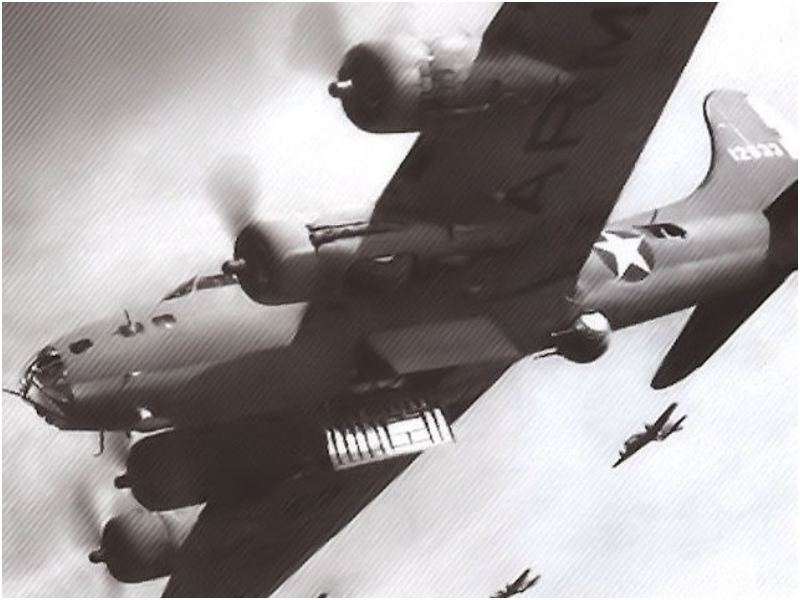
Source: USAAF / wikicommons
The team was expected to return to Port Moresby, the capital city of New Guinea, but that proved impossible with the double tragedy of a fuel leak and a punctured wing. Instead, the plane landed on what the pilot mistook for a large wheat field.
Stranded in a Treacherous Swamp
Captain Fred thought he had spotted a perfect place for landing his injured aircraft, but he instead crash-landed the plane on February 23rd, 1942, into an isolated stretch of treacherous swamp. Inhabited by ferocious crocodiles, water reptiles, and mosquitoes, it was a terrain of nightmares but everyone on the team made it alive.
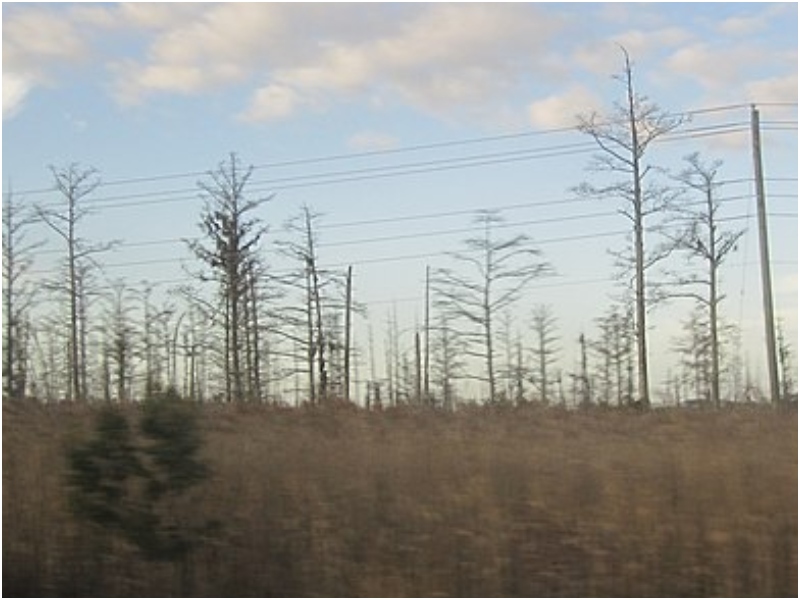
Source: DiscoA340 / wikicommons
Stranded in the horrid swamps for over six weeks, the crew was sick with malaria. Soon, they were at the end of human endurance; every day became a fight for survival before even thinking of making their way out of the miserable place.
Recovery Under the Care of the Locals
Somehow, the men stumbled into a nearby village after days of navigating the tall elephant grass that soared to over 20 feet above the swamps, blocking their view of the skyline and making it incredibly hard for them to find their way. Yet, as luck would have it, the villagers welcomed them wholeheartedly and slowly nurtured them back to health.

Source: Stephen Codrington / wikicommons
Once healthy enough to travel, the crewmen were flown back to Port Moresby’s capital and treated as war heroes. The entire team was dispatched on another mission as soon as they were able.
Lost and Forgotten in the Jungle
US Forces hardly recalled the Boeing B17, and they made no efforts to search for the aircraft in the wreckage. No one bothered about the missing plane, even after the war ended. The men who fought in the war were redeployed, but the machine that flew them on their missions was left forgotten in the jungle for decades.
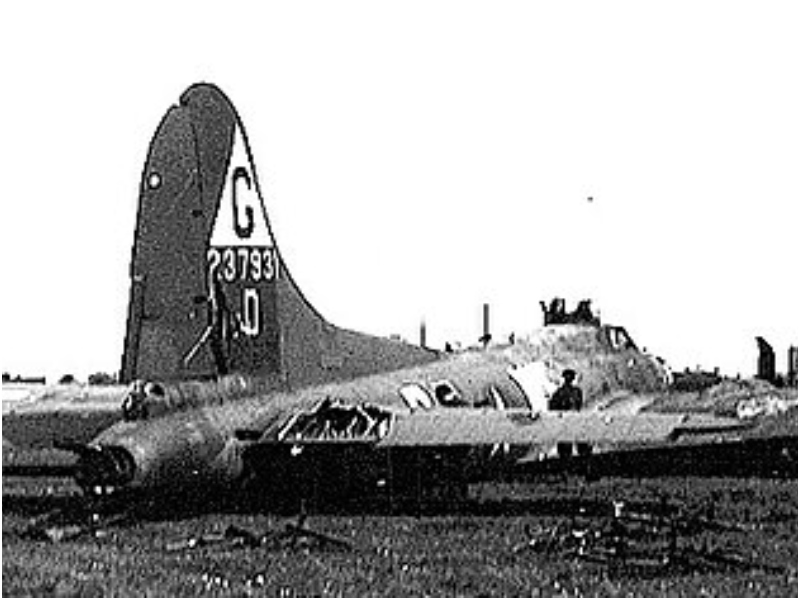
Source: US government/DoD/USAF / wikicommons
Only a few locals in and around the area knew about the missing plane and, for reasons best known to them, had kept the secret to themselves for decades.
The Most Prominent of Them All
The Swamp Ghost was all but forgotten and abandoned until the Australian crew flying over the area accidentally spotted it in 1972 and told the world about it. It made waves internationally among war enthusiasts, and people couldn’t wait to know more about it. This is how Fred and David discovered the mysterious plane that piqued their curiosity.
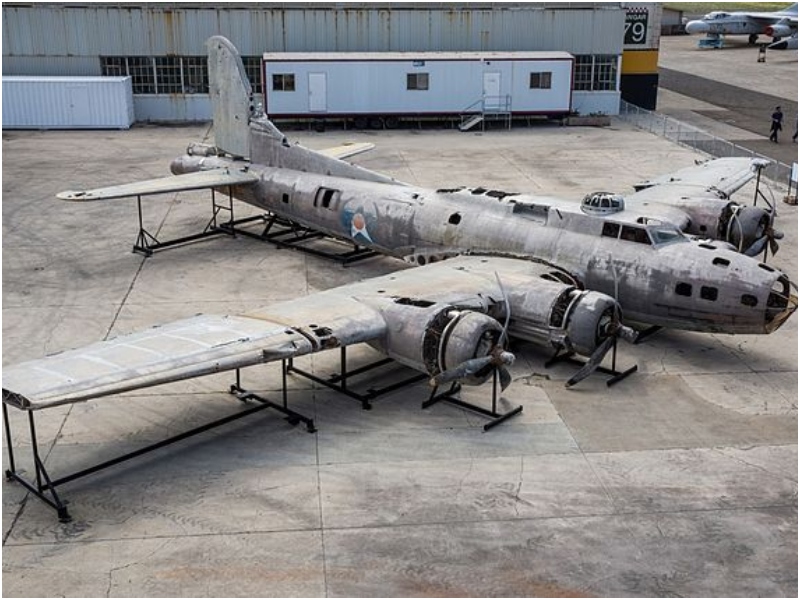
Source: Pacific Aviation Museum / wikicommons
Interestingly, only three other planes were modeled similarly to the flying fortress. The Swamp Ghost was the most prominent among the wrecks found in and around the grasslands of Papua New Guinea.
A One-of-a-Kind Aircraft
According to Hawaii’s Pacific Aviation Museum, the Swamp Ghost is a one-of-a-kind aircraft that’s the world’s only intact, unretired Boeing-17E bomber of the World War II era. Discovered in the unforgivable terrain of the Agaiambo Swamp, it still proudly bears several battle scars.
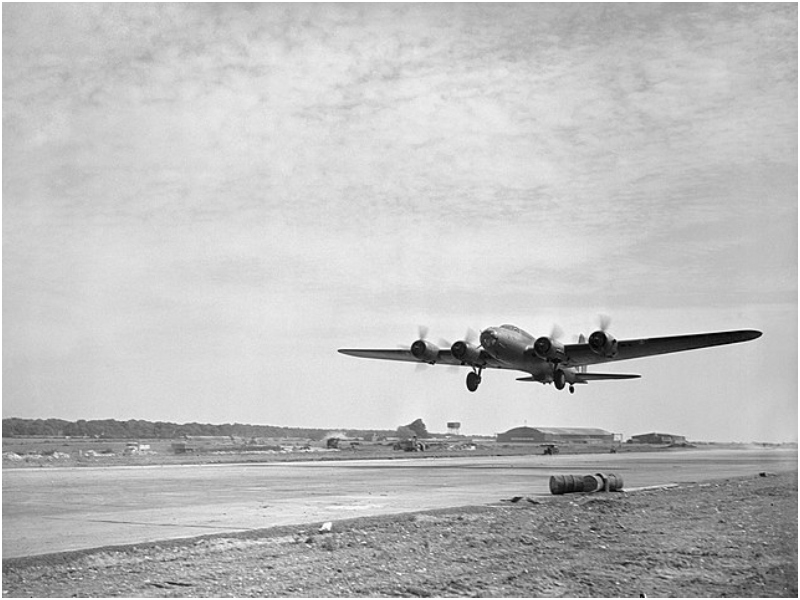
Source: Royal Air Force official photographer / wikicommons
It sat abandoned for over six decades and pays homage to the brave men and women who fought the war by risking their lives for their countries every day in the enemy territories. Unknown to many, the plane’s introduction was of utmost interest.
A Favorite World War II Plane
The B-17 was first introduced to the world in 1938. It is honored to be the third most mass-produced bomber in the country’s history. Even before it became indispensable weaponry in the country’s victory in World War II, it had established itself as a state-of-the-art aircraft.
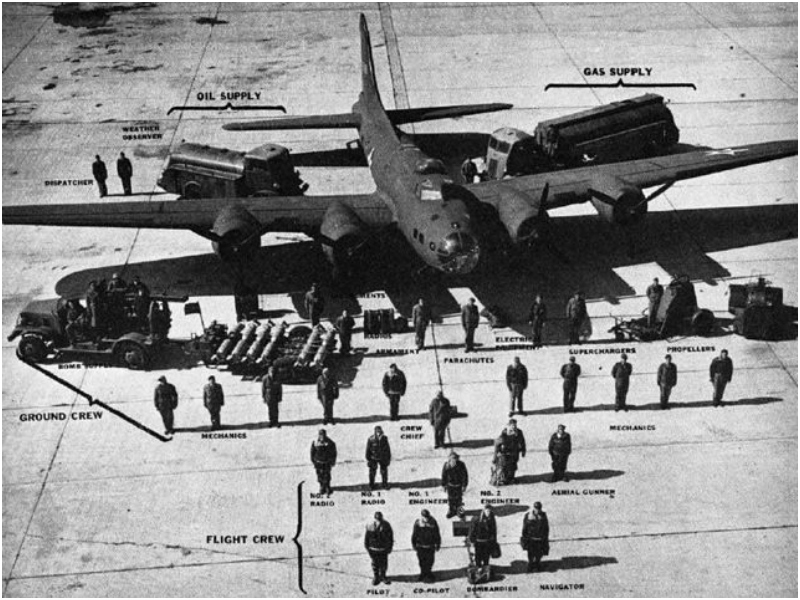
Source: USN / wikicommons
It quickly became an invaluable strategic resource in the war. The bomber was often used for raids against Japanese airfields and shipping. During the war, it dropped over 640000 tons of bombs from 1.5 million on Nazi Germany.
Model Aircraft for Military Modernization
In view of the impending War, President Roosevelt positioned the B-17 bomber as the model aircraft for military modernization in the late ’30s. Unfortunately, its glorious image ended with the end of the war. Once the battles were over, most planes were returned to American soil, where they were sold for scrap or melted down.
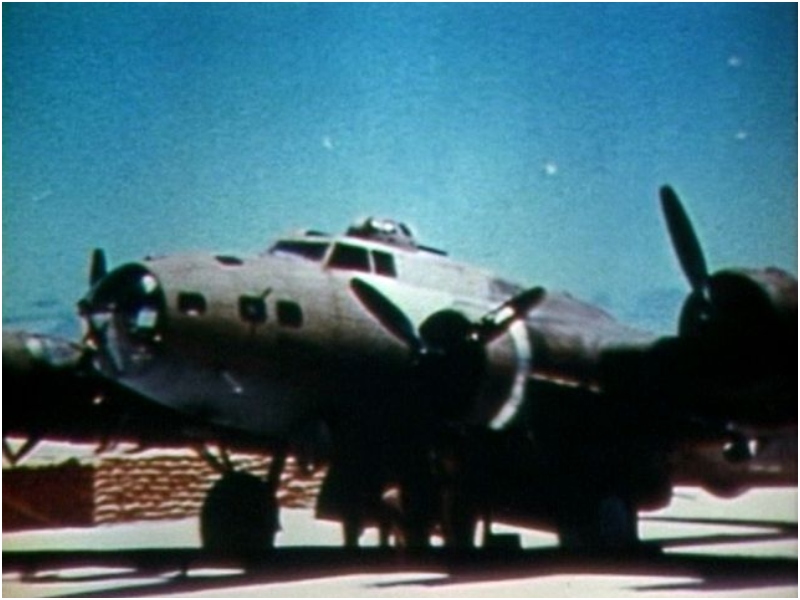
Source: Cdr. John Ford, USNR / wikicommons
A few remained for secondary purposes, such as photo ops, air-rescue operations, and transportation. The Boeing 17 bombers were slowly phased out of use in the US Forces.
Revered by the Locals
Returning to Fred and David’s efforts to salvage the World War II plane proved quite a tough battle for the two. The salvage operations finally came to an end in 2006. Unfortunately, they had to wait another four years before the aircraft could be returned to the US.
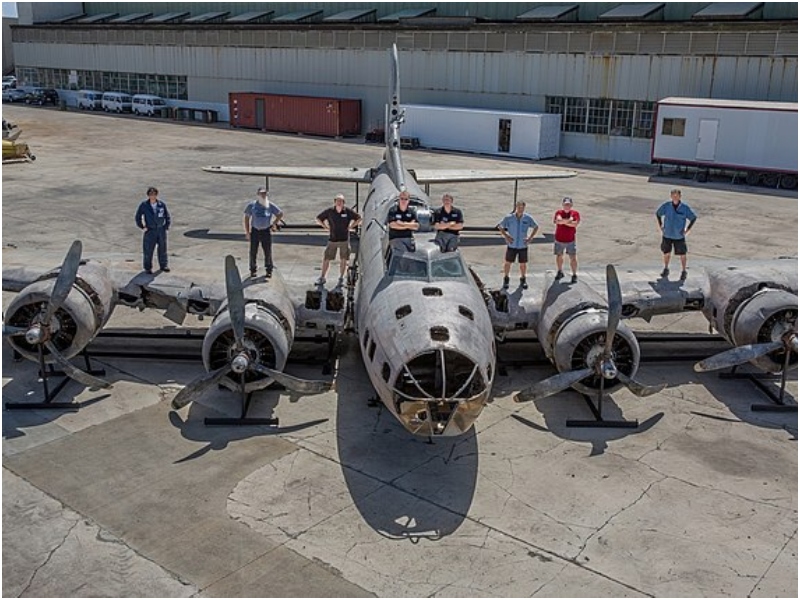
Source: Pacific Aviation Museum / wikicommons
The trouble was the locals revered the Swamp Ghost as a holy relic and were adamant they would not part with it at any cost. A ceremony was performed to appease the ghosts, but they were still dissatisfied with the chief’s decision to permit the removal of the relic.
The Dissent of the Local Chief's Son
Among the locals who strongly opposed the idea of returning the relic to American soil was the chief’s son, Augustin Begasi. He tried various means to stop the team from removing the artifact from the swamps. The ambitious man even hired a few locals to disrupt Fred and David’s mission before the plane made it to an offshore barge.
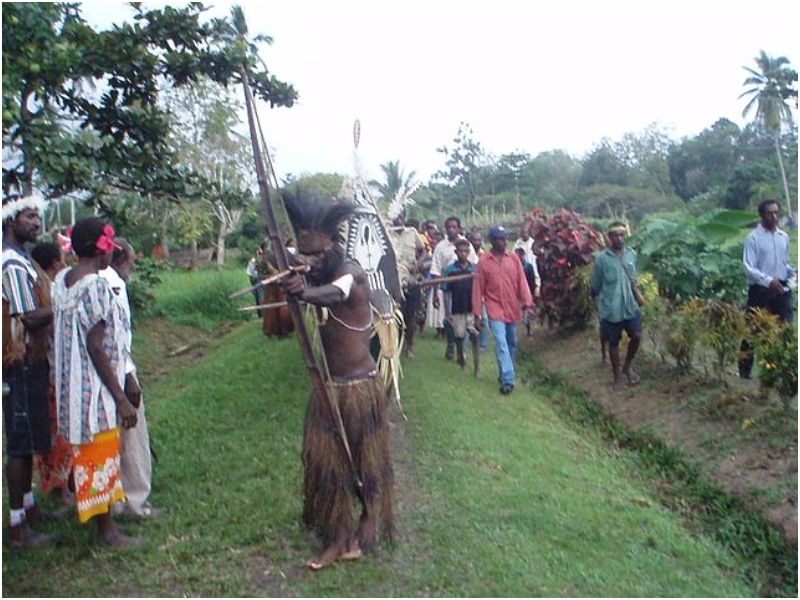
Source: Jimmy Gomoga / wikicommons
At one point, it looked impossible to take the bomber away from the swamps that had become its home for nearly seven decades. Yet, the experts needed help to make it happen.
Claiming Legal Ownership of the Plane
The salvage mission encountered several hurdles posed mainly by Begasi and his followers. Fred and David believed he wanted to extract money from them since the barge was in their waters. All the efforts of the chief’s son and his group of locals were laid to waste when the police dispersed them and allowed the plane to be taken out of the swamps.
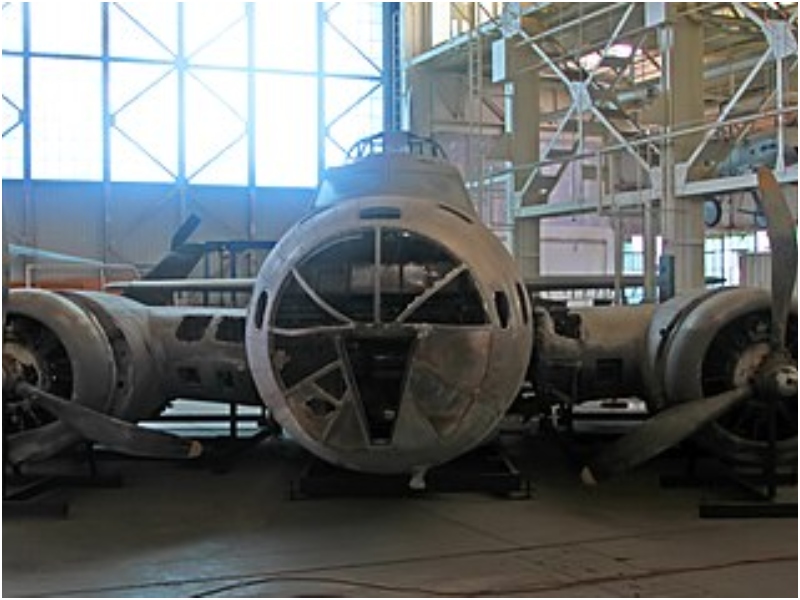
Source: Tony Hisgett / wikicommons
Begasi claimed that the police were bribed. He firmly believed they had legal ownership of the plane since the US had denounced salvage rights for artifacts lost before 1961.
Returned to the American Soil
The crew labored for over four weeks to raise the aircraft with the help of weighted airbags. They severed the wings, removed the tail, and lifted the fuselage; the four engines were also dismounted. The team had to contend with crocodiles and scorpions during the arduous operation, but eventually, they succeeded in their mission.
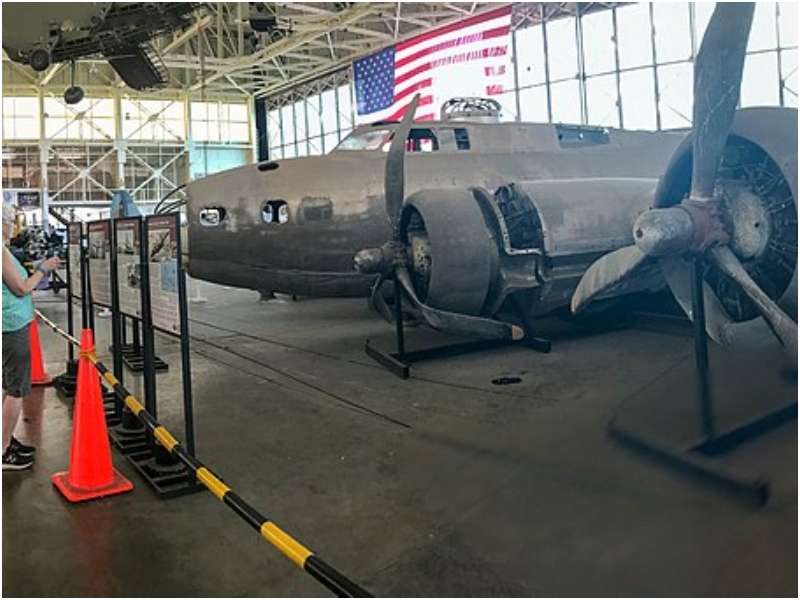
Source: runarut / wikicommons
Eventually, a Russian-built military helicopter hoisted out all the various parts and placed them carefully on the barge. A lift wing loosened and fell in the process but was soon recovered. The plane ultimately returned to American soil with minor damage.
The Most-Awaited Restoration
Fred Hagen called it the holy grail of military aviation and was thrilled to have it finally in safe storage at the Pacific Aviation Museum at Pearl Harbor. Now all that was left to do was restore the plane back to its original glory.
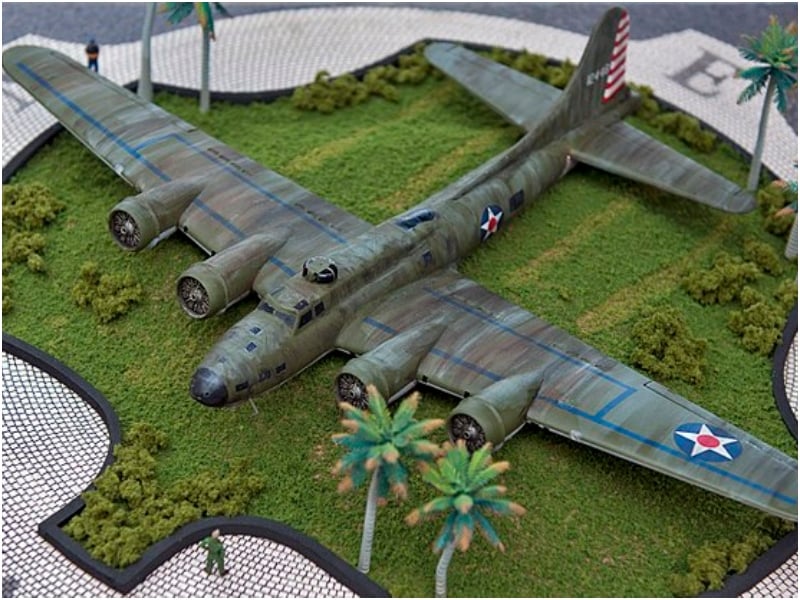
Source: US Navy / wikicommons
The restoration efforts of the World War II B-17 bomber were estimated to cost over $5 million, and once it was done, the plane would find a new home at Hangar 79 on Ford Island. Fred and David’s biggest dream was close to coming true.
The Harsh Terrain of Papua New Guinea
Years after the plane was returned to the US, the people of Papua New Guinea are still miffed about its removal. They still believe that the plane attracted a lot of tourism, and since they lost it, the village also has lost its value.
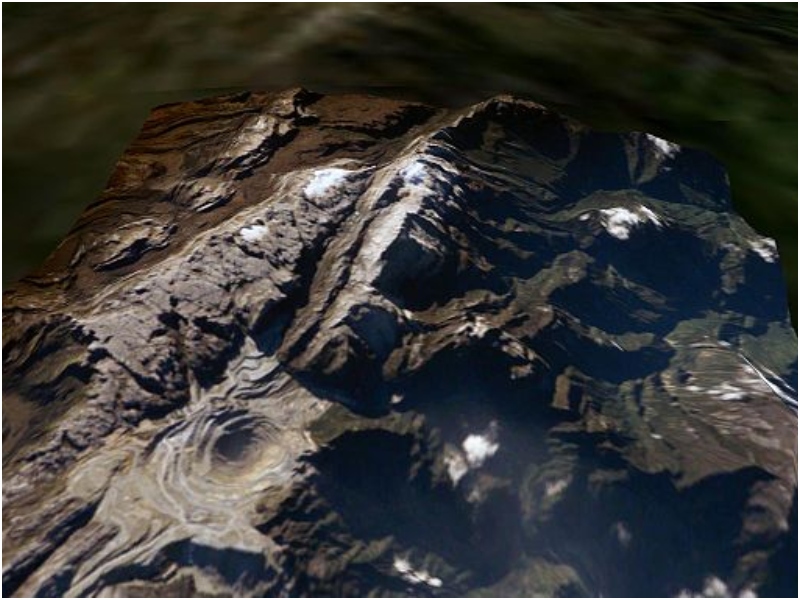
Source: Gergyl / wikicommons
Their spiritual beliefs and the harsh terrain of the grasslands had kept the aircraft untouched and safe for decades. Even to date, the locals blame its absence on the official who allowed the removal of the plane they considered their local treasure.
A Memorial Place for a War They Did Not Wage
During World War II, Papua New Guinea proved to be a strategic territory for several nations that were neck-deep in the war. Even though they weren’t actively involved, the place became a warzone over those few years thanks to over 600 planes that crashed and burned over their land.

Source: U.S. Marine Corps Lance Cpl. Jesus McCloud / wikicommons
Due to the rugged terrain, many lost planes were in hard-to-reach places. It’s near impossible to travel through the mountains, the swamps, the savannahs, and the tropical rainforests to salvage the aircraft.
A Divided National Identity
The mysteries of Papua New Guinea remain largely unsolved because of the harsh terrain and its people. While the physical boundaries pose enough challenges for outsiders to find anything in the area, the diverse range of topography of the place gives the land a divided national identity.
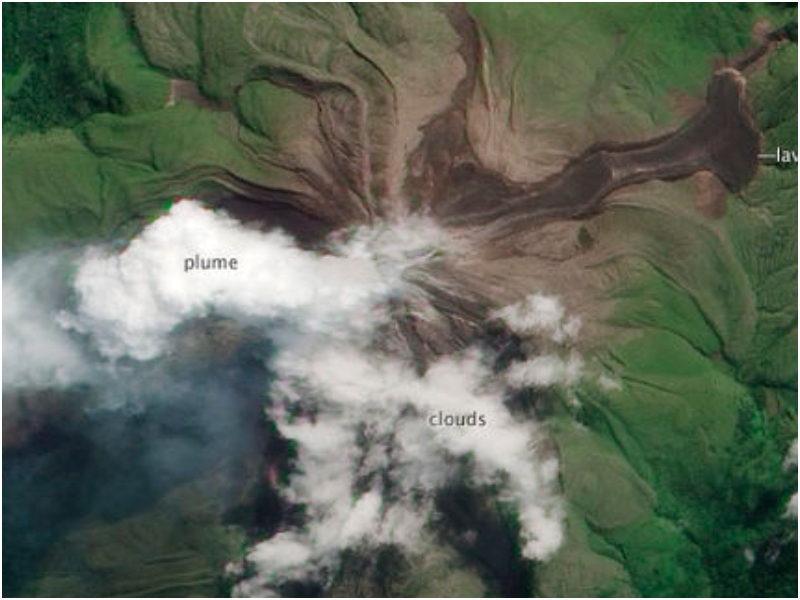
Source: NASA's Earth Observatory / wikicommons
Most of the six million population live in remote areas of the land and are loyal only to the local clansmen. The people of New Guinea lead a simple lifestyle, making a living by growing crops and hunting wildlife.
The Uninterested Surviving Crew Members
While the world was engrossed in everything related to the World War II B-17 bomber and its salvage and restoration efforts, the only three surviving crew members of the plane remained largely uninterested in the proceedings. One of them, George Munroe, categorically stated that he was sick and tired of hearing about the Swamp Ghost over the years.
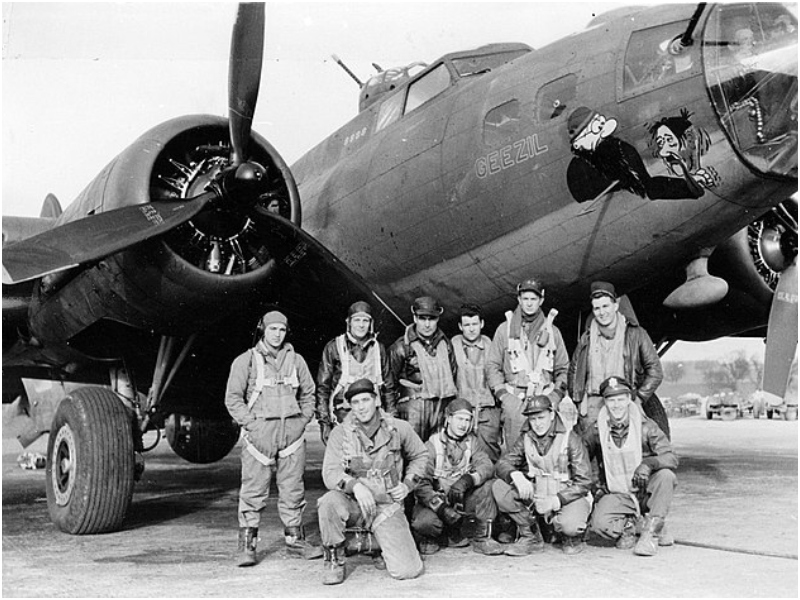
Source
He couldn’t understand why people were so obsessed with the aircraft and its history. According to him, neither the plane nor the crew deserved attention.
On Display in Its Final Resting Place
Whatever their sentiments might be, Fred and David intensely disagree. They and the rest of the world are thrilled to finally see it in its final resting place in the Pacific Aviation Museum. Docked at Hangar 79, the aircraft is open for visits from enthusiastic onlookers on a special Swamp Ghost tour.
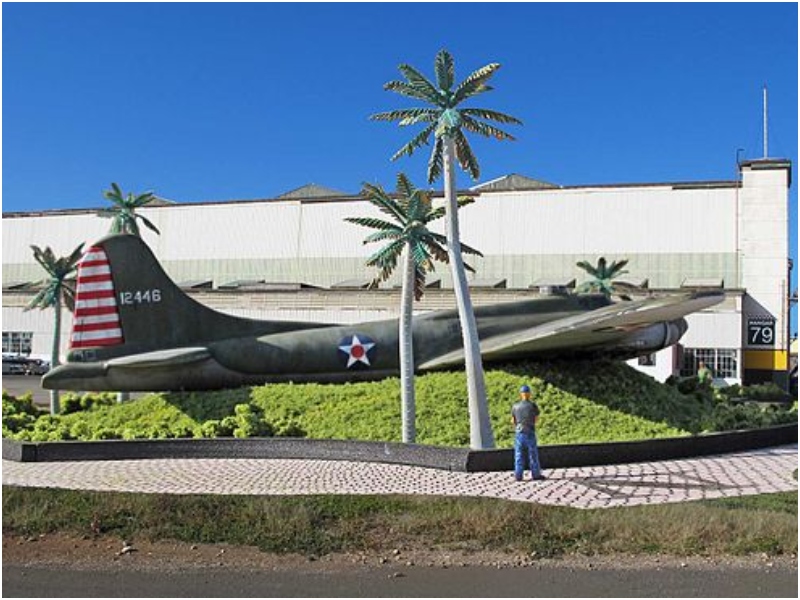
Source: Pacific Aviation Museum / wikicommons
As one of the rarest and the most precious World War II bombers in existence, the Swamp Ghost is on display at the museum alongside 50 of its counterparts such as The Stearman Biplane, The Curtiss P-40 Warhawk, and the Mitsubishi Zero in the priceless collection.
